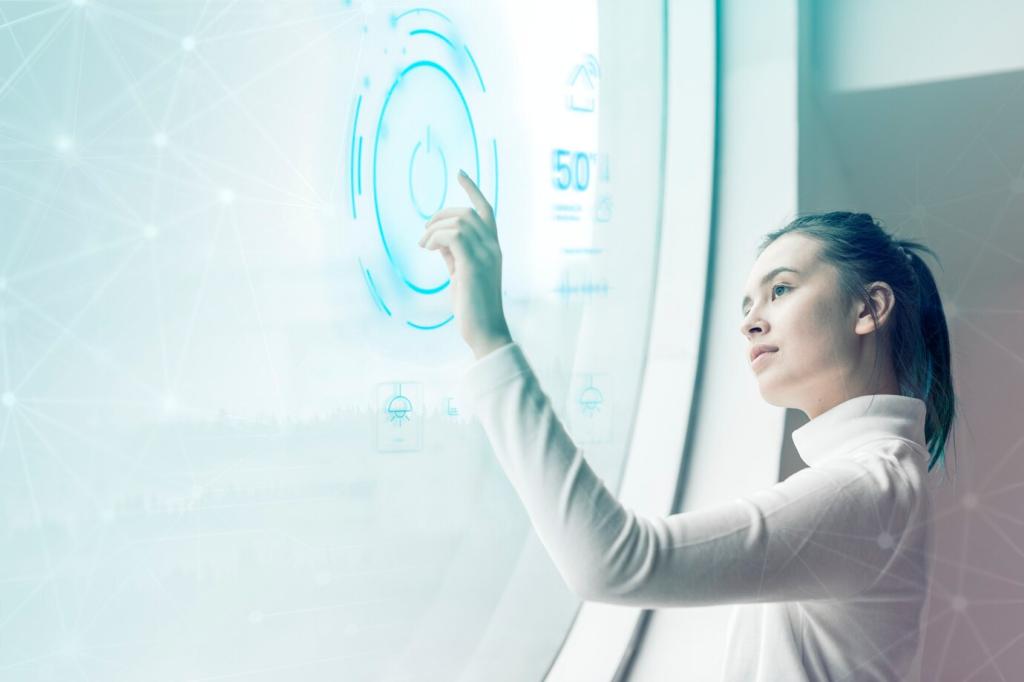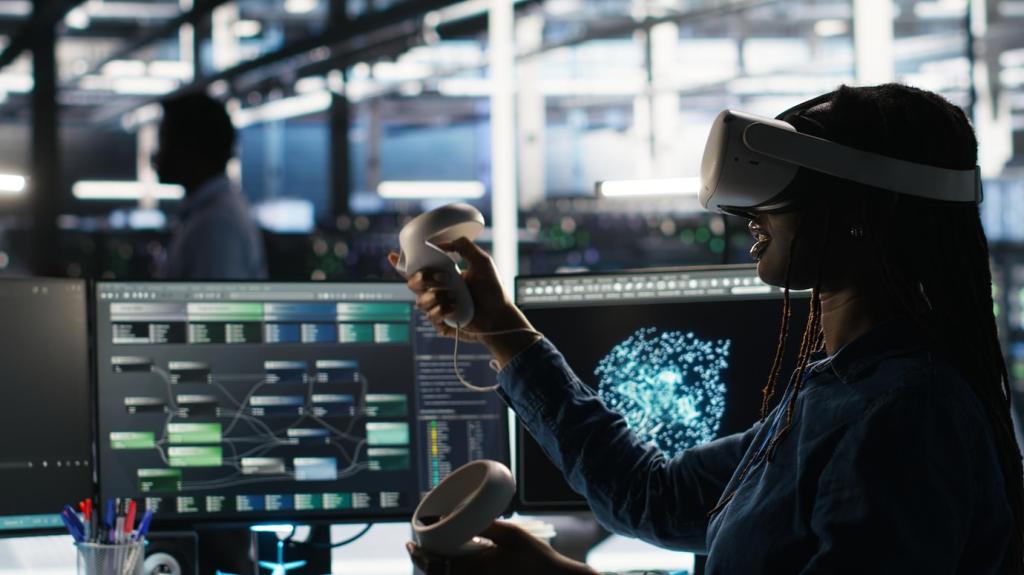Emerging Trends in Smart Home Automation for 2024
Smart home automation continues to evolve at an unprecedented pace, redefining the way we interact with and manage our living spaces. As we move into 2024, the integration of cutting-edge technology into daily life offers homeowners an unparalleled blend of comfort, convenience, security, and efficiency. From AI-driven personal assistants to sustainable energy management, modern smart homes are becoming more intuitive and interconnected than ever before. This comprehensive exploration of emerging trends highlights how innovation is shaping the household experience and what homeowners can expect in the near future.
AI-Powered Home Assistants
Contextual Awareness
Home assistants are now capable of understanding contextual clues, adjusting their responses based on time of day, who is present, and previous user interactions. Instead of merely responding to set commands, these AI systems learn from daily routines. For instance, they might suggest adjusting the lights based on historical weekday patterns or recommend music that aligns with the household’s evening activities. This nuanced contextual awareness allows devices to deliver more meaningful support, creating a seamless and responsive environment that feels almost intuitive.
Conversational Intelligence
Advancements in natural language processing now allow smart home assistants to engage in multi-turn conversations, grasping intent even across complex dialogues. These assistants can handle layered requests, decipher ambiguous queries, and even ask clarifying questions. This ability transforms them from basic utility tools into engaging companions, enabling interactions that feel more like conversations with a knowledgeable friend than commands to a machine. The overall effect is a more fluid and humanized integration into daily life.
Proactive Automation
The latest AI-driven assistants have the capability to predict household needs and act proactively. Rather than waiting for a user to voice a request, these systems can initiate actions such as turning on the coffee maker, preheating the oven, or activating security protocols based on learned habits. Homeowners benefit from a self-adjusting environment that not only responds to direct input but foresees and manages regular tasks with minimal intervention, enhancing comfort and freeing up valuable time.

Enhanced Home Security Systems
Modern smart security systems increasingly rely on biometric authentication to grant or restrict home access. Technologies like facial recognition, fingerprint scanning, and even voice identification are now commonplace, offering a secure yet frictionless user experience. This advancement not only reduces the risk of unauthorized entry but also allows for customized access levels for different residents and visitors, ensuring maximum protection tailored to individual needs.

Previous
Next
Seamless Device Interconnectivity
Industry-wide adoption of standardized communication protocols such as Matter is enabling devices from different brands to work together fluidly. This means users can freely mix and match products—thermostats, lighting, appliances, and more—without worrying about compatibility issues. As devices share information in real time and coordinate actions automatically, homeowners experience a consistent and harmonious smart home environment without the complexity of separate ecosystems.
Intelligent Climate Management
Smart climate control systems dynamically adjust heating, cooling, and ventilation based on occupancy patterns, weather forecasts, and energy pricing signals. These systems go beyond basic scheduling to analyze real-time data, making minute-by-minute adjustments that optimize comfort while minimizing energy usage. Homeowners benefit from lower utility bills, a smaller carbon footprint, and a living environment that responds to both personal preferences and environmental conditions.
Smart Energy Monitoring
Emerging solutions now offer granular monitoring of household energy consumption, identifying power-hungry devices and recommending efficient alternatives or usage habits. Smart meters and real-time usage dashboards empower residents to track, manage, and even automate energy-saving measures. Some systems integrate with renewable energy sources, like solar panels, automatically shifting consumption to align with periods of peak generation, further enhancing sustainability.
Automated Appliance Optimization
Appliances in the modern smart home are designed not only to communicate with each other but also to optimize their own performance for efficiency. Washing machines, dishwashers, and refrigerators can now determine optimal operating times based on energy cost, load size, and user preferences. Through machine learning, these appliances continuously refine their cycles, achieving peak performance with minimal waste and supporting a more environmentally friendly household.
Personalized Wellness and Health Integration
Increasingly sophisticated sensors measure indoor air quality, humidity, temperature, and even pollutant levels, allowing the home to maintain optimal living conditions automatically. Alerts and automated actions ensure that ventilation, air purification, and climate controls are activated whenever necessary. This heightened awareness of environmental quality supports the health of residents, particularly those sensitive to allergens or respiratory issues.

Multi-Room Audio and Visual Synchronization
Today’s smart entertainment systems enable seamless playback of audio and video content across multiple rooms and devices, perfectly synchronized for group enjoyment or individualized experiences. Users can start a film in the living room and finish it in the bedroom without missing a beat, or stream different playlists for various family members. The flexibility and quality of these systems create a truly immersive entertainment landscape, tailored to every occasion.

Immersive Reality Technologies
The integration of augmented reality (AR) and virtual reality (VR) with home automation is transforming how entertainment is experienced at home. Residents can enjoy interactive gaming, virtual concerts, or AR-enhanced learning opportunities from the comfort of their living spaces. By connecting with other smart systems—lighting, audio, climate—these technologies offer a multisensory environment that elevates the experience beyond traditional media formats.
Previous slide
Next slide

